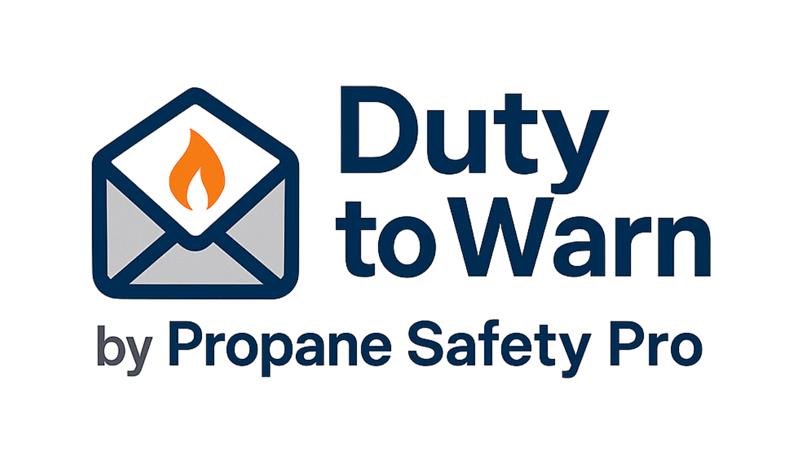Navigating Propane Pricing for Market Edge

Adopting Smart Pricing Tactics
In the competitive landscape of the propane industry, understanding and strategically navigating pricing can make a significant difference in staying ahead. Given the volatility in energy prices, propane businesses must employ effective pricing strategies to remain competitive while still ensuring profitability. This guide sheds light on insightful propane pricing strategies, helping companies adapt to market changes and meet customer needs efficiently.
Understanding Market Dynamics
Market Analysis: Keep abreast of global energy trends, including crude oil and natural gas markets, as they influence propane prices. Monitoring seasonal demand fluctuations also provides insight into potential price adjustments.
Competitive Pricing Intelligence: Regularly assess competitor pricing within your service regions. Understanding how prices compare can help position your offerings attractively without undercutting your profit margins.
Flexible Pricing Models
Tiered Pricing: Implement tiered pricing based on volume, where larger purchases are priced more favorably. This can attract bulk buyers and encourage higher volume orders.
Dynamic Pricing: Consider active pricing strategies that adjust based on real-time market conditions. This approach can optimize revenue during peak demand periods and maintain competitiveness when demand wanes.
Value-Based Pricing
Emphasize Value: Instead of competing solely on price, emphasize the value your propane service provides, such as reliability, safety standards, and exceptional customer service. Customers are often willing to pay a premium for perceived added value.
Bundled Services: Offer bundled services or packages that include propane delivery and maintenance or safety inspections. Bundling can enhance the perceived value and justify higher pricing tiers.
Cost Management for Pricing Flexibility
Efficiency Improvements: Streamline operations to reduce costs. Operational efficiencies allow for more flexibility in pricing strategies by maintaining margins even when competitive pressures increase.
Supply Chain Optimization: Secure favorable terms with suppliers and optimize your supply chain logistics. Lower procurement and distribution costs provide more room to maneuver on pricing.
Customer-Centric Pricing
Loyalty Discounts: Reward long-term customers with loyalty discounts or exclusive offers. This reinforces customer relationships and can protect your market share against lower-priced competitors.
Transparent Pricing: Practice transparency in pricing, including clear communication about any additional fees or charges. Customers appreciate upfront pricing, which can enhance trust and loyalty.
Leveraging Technology
Pricing Software: Utilize advanced pricing software and analytics tools to model pricing scenarios and their potential impacts on demand and profitability. Data-driven decisions can significantly enhance pricing effectiveness.
Online Price Management: Offer online account management where customers can view their pricing tiers, track usage, and make purchases. This convenience can be a differentiator and justify premium pricing for your services.
Regulatory Compliance and Market Stability
Monitor Regulations: Stay informed about regulatory changes impacting pricing, such as tariffs or environmental regulations. Anticipating these changes can help you adjust your pricing strategy proactively.
Stabilization Funds: Consider creating a price stabilization fund to smooth out drastic fluctuations for your customers, enhancing customer satisfaction and loyalty during volatile market periods.
Strategic Pricing as a Competitive Lever
In the dynamic propane market, deploying strategic pricing practices is essential for maintaining competitiveness and fostering business growth. Propane companies can navigate pricing challenges by understanding market dynamics, emphasizing value over price, managing costs, and adopting flexible pricing models. Incorporating technology and focusing on customer-centric approaches will further enhance pricing strategies, ensuring your propane business both survives and thrives in the competitive energy industry.














